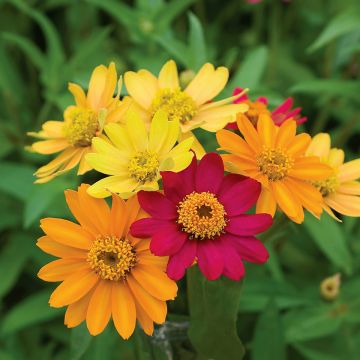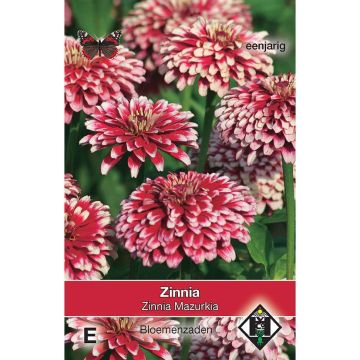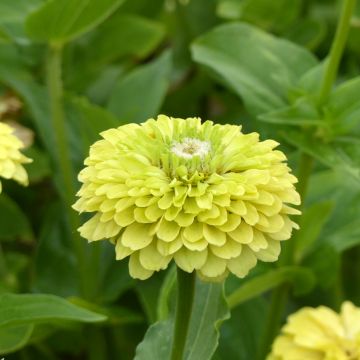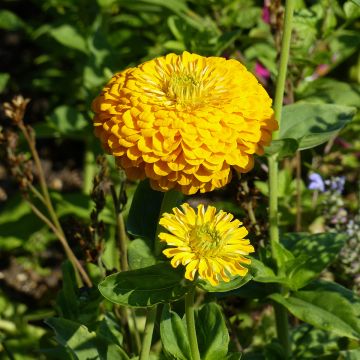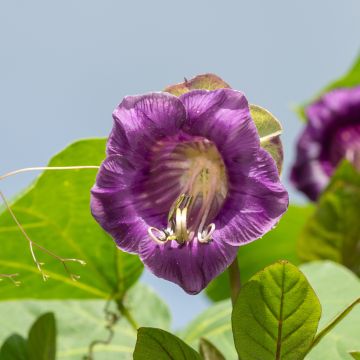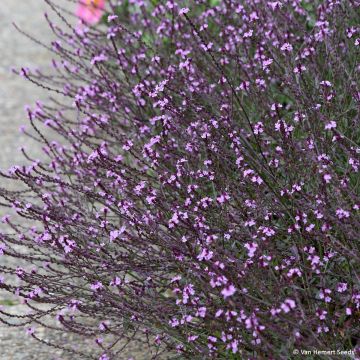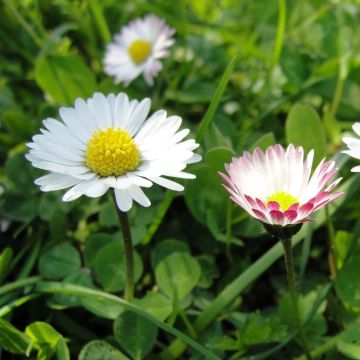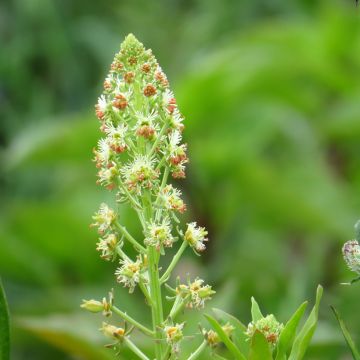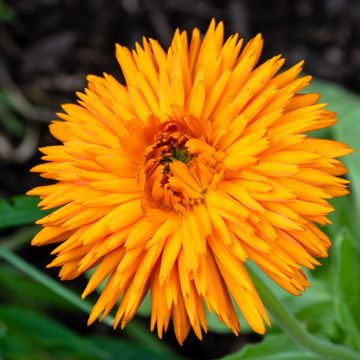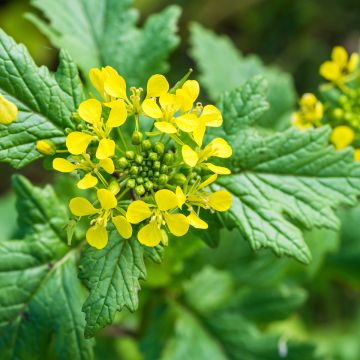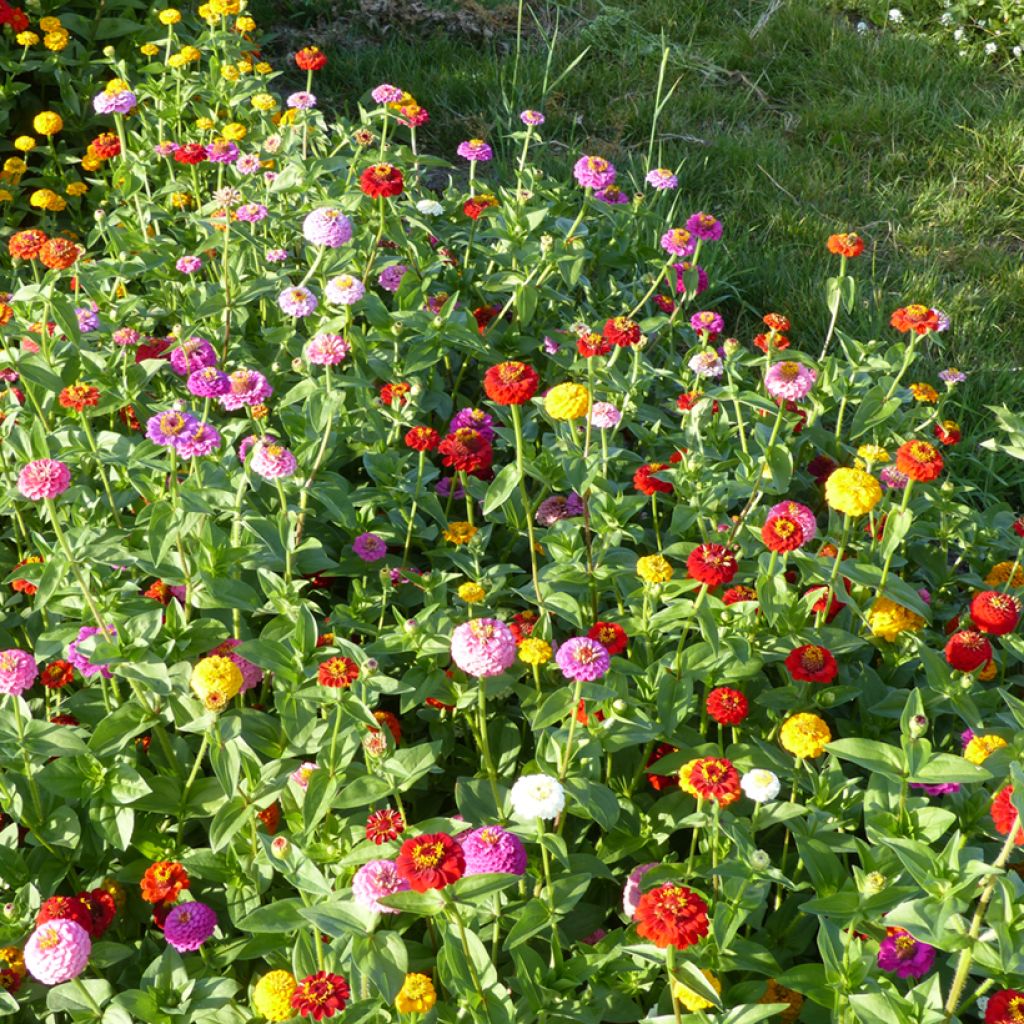

Zinnia elegans Lilliput mix
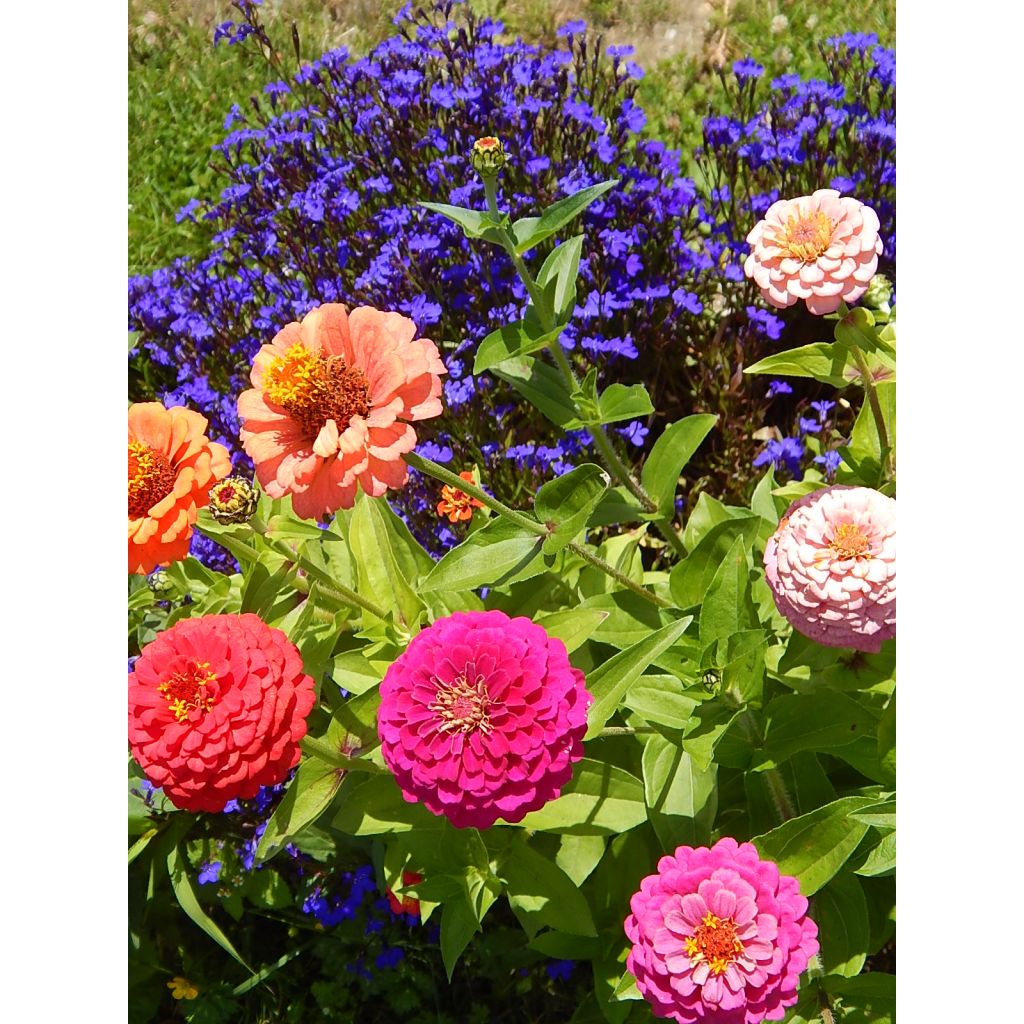

Zinnia elegans Lilliput mix
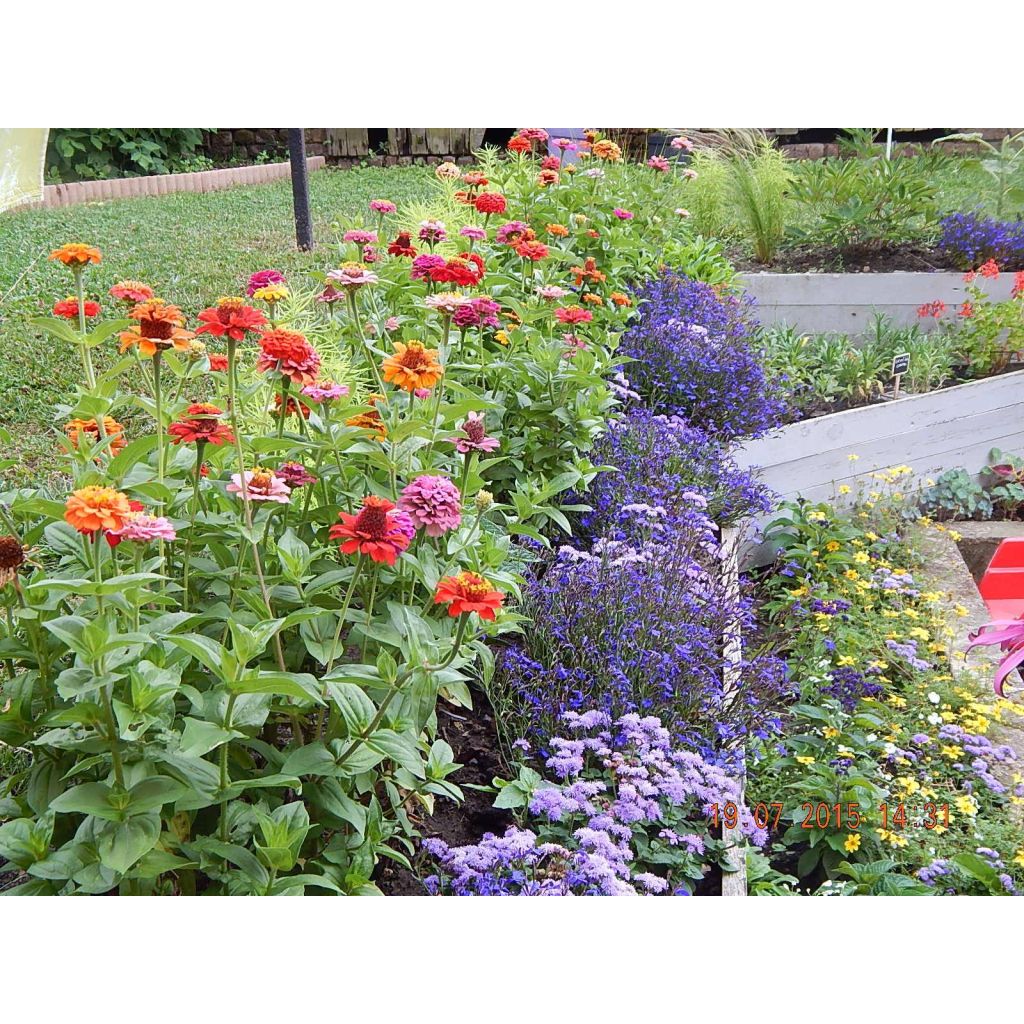

Zinnia elegans Lilliput mix
Zinnia elegans Lilliput mix
Zinnia x elegans Lilliput Mix
Common Zinnia, Elegant Zinnia, Youth-and-old-age
Excellent outcome last year. Beautiful colours and lovely habit. I'm giving it another go this year.
Catherine, 31/01/2023
This item cannot be shipped to the selected country
Dispatch by letter from €3.90
More information
Schedule delivery date,
and select date in basket
This plant carries a 6 months recovery warranty
More information
We guarantee the quality of our plants for a full growing cycle, and will replace at our expense any plant that fails to recover under normal climatic and planting conditions.
Seed-only orders are dispatched by sealed envelope. The delivery charge for seed-only orders is €3.90.

Does this plant fit my garden?
Set up your Plantfit profile →
Description
From the large Asteraceae family, Zinnia 'Lilliput' mix is an annual plant that grows to a medium size (50 to 60cm (20 to 24in) tall and 25cm (10in) wide) and produces numerous colourful and vibrant flowers from July until the first frost. Its official name is Zinnia elegans 'Lilliput' mix.
Its stiff and well-branched stems bear large, round and pale green leaves. This elegant Zinnia gets its name from the small size of its flowers (3 to 4cm (1 to 2in) in diameter). The terminal and solitary flowers are compound heads made up of florets with broad petals that form beautiful hemispherical pompoms.
Although the flowers are not fragrant, they do attract butterflies that come to feed on their nectar.
The bushy silhouette of the Pompon Zinnia makes it suitable for use at the front of flower beds, just behind low-growing plants, or in containers on the terrace. Zinnia prefer a warm and sunny location. Its water needs are quite low, so a well-drained soil will suit it perfectly.
The sturdy stems of the 'Lilliput' Zinnia have excellent vase life and can be used to create small and colourful summer bouquets. Combine it in your flower beds with Marigolds, Indian Roses, Ageratum, and Red Salvias.
Report an error about the product description
Flowering
Foliage
Plant habit
Botanical data
Zinnia
x elegans
Lilliput Mix
Asteraceae
Common Zinnia, Elegant Zinnia, Youth-and-old-age
Central America
Other Zinnia seeds
Planting and care
Sow the Zinnia:
- In March-April, under heated shelter to obtain young plants to transplant in May. The ideal growing temperature is 22°C (71.6°F). It takes 14 days for the young shoots to appear. The seeds should be covered with one centimetre of soil at the time of sowing, and the germination should be done in darkness.
- In May, directly in the garden in a warm and sunny spot. Transplant the young plants 30cm (12in) apart in your flower beds.
Powdery mildew (a fungus visible as a white powder on the surface of the leaves) can sometimes stain the leaves and disrupt the plant's growth.
Removing faded flowers will promote the renewal of flowering.
Sowing period
Intended location
-
, onOrder confirmed
Reply from on Promesse de fleurs
Flower seeds
Haven't found what you were looking for?
Hardiness is the lowest winter temperature a plant can endure without suffering serious damage or even dying. However, hardiness is affected by location (a sheltered area, such as a patio), protection (winter cover) and soil type (hardiness is improved by well-drained soil).

Photo Sharing Terms & Conditions
In order to encourage gardeners to interact and share their experiences, Promesse de fleurs offers various media enabling content to be uploaded onto its Site - in particular via the ‘Photo sharing’ module.
The User agrees to refrain from:
- Posting any content that is illegal, prejudicial, insulting, racist, inciteful to hatred, revisionist, contrary to public decency, that infringes on privacy or on the privacy rights of third parties, in particular the publicity rights of persons and goods, intellectual property rights, or the right to privacy.
- Submitting content on behalf of a third party;
- Impersonate the identity of a third party and/or publish any personal information about a third party;
In general, the User undertakes to refrain from any unethical behaviour.
All Content (in particular text, comments, files, images, photos, videos, creative works, etc.), which may be subject to property or intellectual property rights, image or other private rights, shall remain the property of the User, subject to the limited rights granted by the terms of the licence granted by Promesse de fleurs as stated below. Users are at liberty to publish or not to publish such Content on the Site, notably via the ‘Photo Sharing’ facility, and accept that this Content shall be made public and freely accessible, notably on the Internet.
Users further acknowledge, undertake to have ,and guarantee that they hold all necessary rights and permissions to publish such material on the Site, in particular with regard to the legislation in force pertaining to any privacy, property, intellectual property, image, or contractual rights, or rights of any other nature. By publishing such Content on the Site, Users acknowledge accepting full liability as publishers of the Content within the meaning of the law, and grant Promesse de fleurs, free of charge, an inclusive, worldwide licence for the said Content for the entire duration of its publication, including all reproduction, representation, up/downloading, displaying, performing, transmission, and storage rights.
Users also grant permission for their name to be linked to the Content and accept that this link may not always be made available.
By engaging in posting material, Users consent to their Content becoming automatically accessible on the Internet, in particular on other sites and/or blogs and/or web pages of the Promesse de fleurs site, including in particular social pages and the Promesse de fleurs catalogue.
Users may secure the removal of entrusted content free of charge by issuing a simple request via our contact form.
The flowering period indicated on our website applies to countries and regions located in USDA zone 8 (France, the United Kingdom, Ireland, the Netherlands, etc.)
It will vary according to where you live:
- In zones 9 to 10 (Italy, Spain, Greece, etc.), flowering will occur about 2 to 4 weeks earlier.
- In zones 6 to 7 (Germany, Poland, Slovenia, and lower mountainous regions), flowering will be delayed by 2 to 3 weeks.
- In zone 5 (Central Europe, Scandinavia), blooming will be delayed by 3 to 5 weeks.
In temperate climates, pruning of spring-flowering shrubs (forsythia, spireas, etc.) should be done just after flowering.
Pruning of summer-flowering shrubs (Indian Lilac, Perovskia, etc.) can be done in winter or spring.
In cold regions as well as with frost-sensitive plants, avoid pruning too early when severe frosts may still occur.
The planting period indicated on our website applies to countries and regions located in USDA zone 8 (France, United Kingdom, Ireland, Netherlands).
It will vary according to where you live:
- In Mediterranean zones (Marseille, Madrid, Milan, etc.), autumn and winter are the best planting periods.
- In continental zones (Strasbourg, Munich, Vienna, etc.), delay planting by 2 to 3 weeks in spring and bring it forward by 2 to 4 weeks in autumn.
- In mountainous regions (the Alps, Pyrenees, Carpathians, etc.), it is best to plant in late spring (May-June) or late summer (August-September).
The harvesting period indicated on our website applies to countries and regions in USDA zone 8 (France, England, Ireland, the Netherlands).
In colder areas (Scandinavia, Poland, Austria...) fruit and vegetable harvests are likely to be delayed by 3-4 weeks.
In warmer areas (Italy, Spain, Greece, etc.), harvesting will probably take place earlier, depending on weather conditions.
The sowing periods indicated on our website apply to countries and regions within USDA Zone 8 (France, UK, Ireland, Netherlands).
In colder areas (Scandinavia, Poland, Austria...), delay any outdoor sowing by 3-4 weeks, or sow under glass.
In warmer climes (Italy, Spain, Greece, etc.), bring outdoor sowing forward by a few weeks.


































